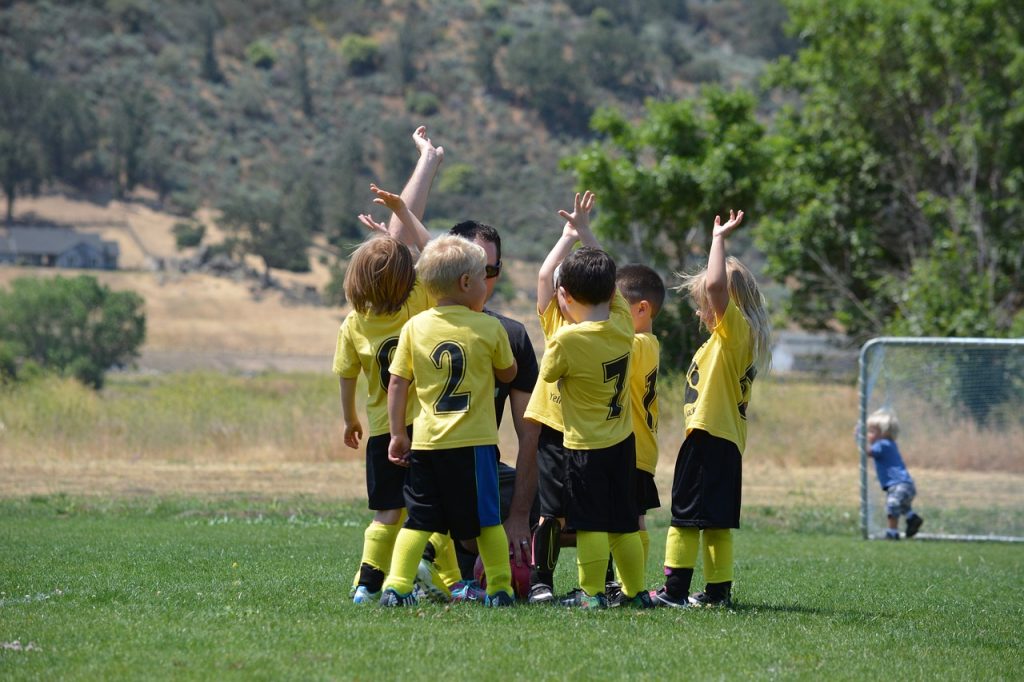
GUEST POST from David Burkus
With work and life becoming more intertwined than ever, people increasingly seek purpose through work. So, leaders are being called upon to create a sense of purpose on a team. When team members feel that their work is connected to a larger company-wide purpose, they are more motivated and perform better. This gives managers and leaders an opportunity to facilitate work environments that provide the sense of purpose people need to thrive.
In this article, we will explore five effective ways to create a sense of purpose on a team, ensuring that everyone is aligned and driven towards a common goal.
Give The “It’s A Wonderful Life” Test
The first way to create a sense of purpose on a team is to give the “It’s A Wonderful Life Test.” This test is derived from reflecting on the movie It’s a Wonderful Life and its premise. In the movie, the main character, George Bailey, is saved from committing suicide by an angel. Clarence (worst name for an angel ever) shows how different his community would be if George had never existed. This test doesn’t get as morbid as the movie, but the idea is to run a thought experiment that leads the team to examine its importance by considering the impact of its absence. By applying this test to your team, you can gain a deeper understanding of who is served by their work and the significance of their contributions. This knowledge allows them to see the value they bring to the organization and the difference they make in the lives of others.
Draft a Rallying Cry
The second way to create a sense of purpose on a team is to draft a rallying cry. A rallying cry is a powerful tool that embodies the team’s purpose and serves as a motivational phrase that everyone on the team knows. It should be simple, catchy, and inspiring. Many successful teams have used rallying cries to unite their members and keep them focused on their shared purpose. For example, the San Antonio Spurs adopted the rallying cry “pound the rock,” tapping into the imagery of a stonecutter hitting away at a rock hundreds of times before it finally cracks. They use it as a powerful reminder that the day-to-day strain of training and drilling hundreds of times is what brings victory. By creating a rallying cry that resonates with the team’s purpose, you can foster a strong sense of unity and motivation.
Create Team Symbols
The third way to create a sense of purpose on a team is to create team symbols. Symbols are visual representations that embody the team’s purpose and values. They serve as reminders of the team’s mission and can help team members stay connected to their sense of purpose. They can be visual symbols, objects, gestures, or anything else that can contains a meaning specific to the team—even better if it can tie into the rallying cry. To use the San Antonio Spurs again, their practice facility contains a powerful symbol—a boulder and sledgehammer displayed behind glass. Players walk by it before every practice. Your team may not have as elaborate a symbol. But anything that can remind the team of its rallying cry can help build a sense of purpose on a team. And as a bonus, you can reinforce a sense of shared identity on the team as well.
Collect Impact Stories
The fourth way to create a sense of purpose on a team is to collecting impact stories. Stories are one of the most powerful ways humans communicate—and hence they’re a powerful way to highlight the team’s successes and reinforce their sense of purpose. Impact stories can come from various sources, such as media coverage, customer testimonials, or thank you notes. But managers and leaders play a crucial role in collecting these stories and sharing them with the team. Ideally, every positive email or story in the media that aligns with either the team’s or the organization’s purpose gets captured so it can be shared at regular meetings. By regularly sharing impact stories, team members can see the tangible results of their work and the positive impact they have on others. This boosts their morale and motivation, reminding them of the importance of their contributions and the purpose behind their efforts.
Outsource Inspiration
The final way to create a sense of purpose on a team is to outsource inspiration. Outsourcing inspiration involves bringing in individuals who have been directly impacted by the team’s work to share their stories. It’s like collecting impact stories but amplified. Hearing firsthand accounts of how their work has made a difference can be incredibly motivating for team members. For example, medical device company Medtronic invites patients to their annual holiday party to share how the company’s technology helps them live better. When team members see the real-world impact of their efforts, it reinforces their sense of purpose and reminds them of the importance of their work. It also provides an opportunity for them to connect with the people they are serving, fostering empathy and a deeper understanding of their purpose.
Creating a sense of purpose on a team is crucial for its success. By using the “It’s a Wonderful Life” test, drafting a rallying cry, creating team symbols, collecting impact stories, and outsourcing inspiration, teams can foster a strong sense of purpose and motivation. These activities should be ongoing to maintain a sense of purpose and drive within the team, motivating them to do their best work ever.
Image credit: Unsplash
Originally published on DavidBurkus.com on July 31, 2023
![]() Sign up here to get Human-Centered Change & Innovation Weekly delivered to your inbox every week.
Sign up here to get Human-Centered Change & Innovation Weekly delivered to your inbox every week.

 Drum roll please…
Drum roll please…




